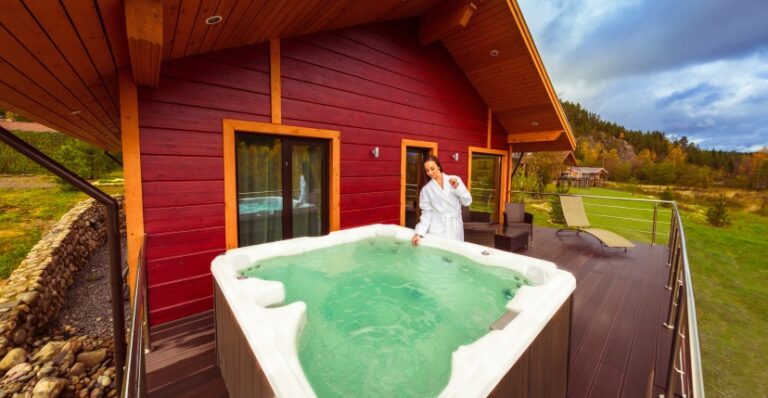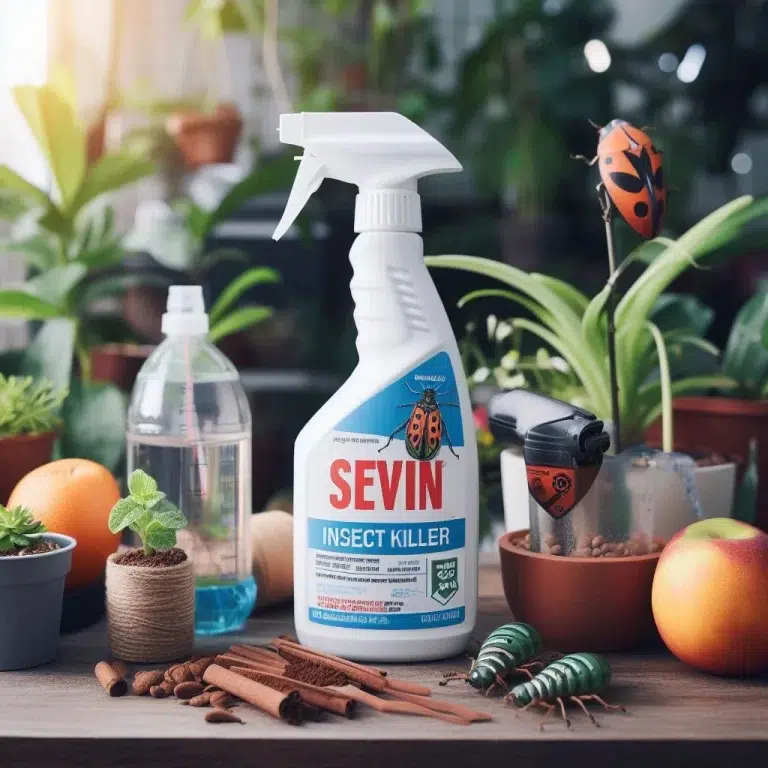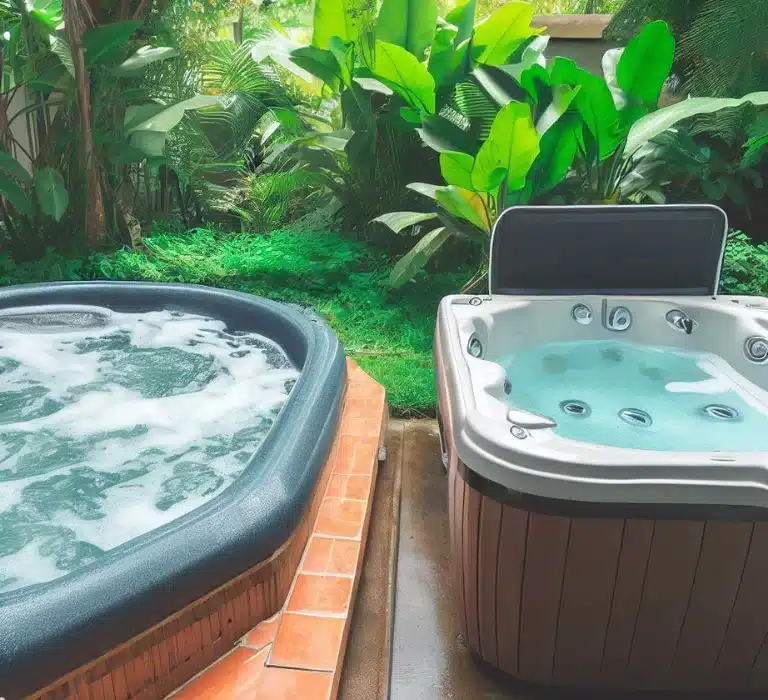How to Measure a Pool in Gallons
Confused about how much baking soda to add to your pool? This guide explains how to measure your pool’s volume and provides a table to determine the right amount of baking soda for optimal water balance.
Measuring the volume of your pool is essential for proper maintenance, including the addition of chemicals like baking soda. Knowing your pool’s volume in gallons ensures you use the right amount of chemicals to keep the water clean and balanced.
Steps to Measure Your Pool
1. Determine the Shape of Your Pool
Pools generally come in various shapes, such as rectangular, circular, or irregular. The shape of your pool will determine the formula you use to calculate its volume. Check out All You Need To Know to Choose Your Perfect Pool.
2. Measure the Dimensions
For different shapes, you’ll need specific measurements:
- Rectangular Pool: Measure the length, width, and average depth.
- Circular Pool: Measure the diameter and average depth.
- Irregular Pool: Divide the pool into smaller sections, measure each section separately, and sum their volumes.
3. Calculate the Volume
Use the appropriate formula for your pool’s shape:
- Rectangular Pool: Length (ft) x Width (ft) x Average Depth (ft) x 7.5 = Volume in gallons
- Circular Pool: Diameter (ft) x Diameter (ft) x Average Depth (ft) x 5.9 = Volume in gallons
- Irregular Pool: Sum of the volumes of each section

Example Calculations
Rectangular Pool
If your pool is 20 feet long, 10 feet wide, and has an average depth of 5 feet:
20 x 10 x 5 x 7.5 = 7,500 gallons
Circular Pool
If your pool has a diameter of 15 feet and an average depth of 4 feet:
15 x 15 x 4 x 5.9 = 5,310 gallons
Pool Volume Calculator
To make it easier, you can use the following calculator to measure the volume of your pool in gallons. This calculator will allow you to input your pool’s dimensions and shape, and it will automatically compute the volume.
Enter your pool’s dimensions and select the shape to calculate the volume in gallons.
Pool Volume Calculator
Developed by Hot Tub Patio
Final Thoughts:
Baking soda is a simple and affordable way to raise alkalinity levels in your pool, contributing to a more stable pH and preventing corrosion. By understanding your pool’s volume and following the recommended guidelines, you can effectively use baking soda to maintain a clean and healthy swimming environment.
Additional Tips:
- Regularly test your pool’s water chemistry for optimal balance.
- Consult a pool professional for specific advice and recommendations tailored to your pool.
- Consider using a pool calculator to simplify volume calculations.
For more information and pool products, visit Hot Tub Patio! We offer a wide selection of pool chemicals, equipment, and accessories to keep your pool sparkling clean and enjoyable all season long.
What other pool maintenance tips and tricks would you like to learn about? Share your thoughts in the comments below!














One Comment